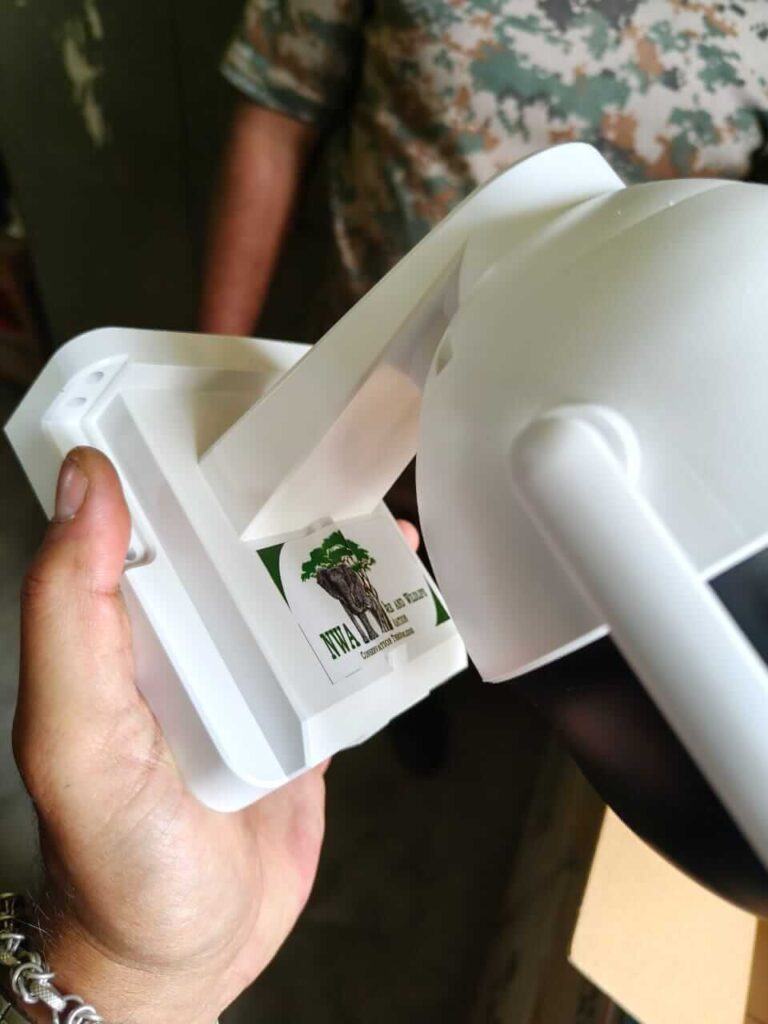Date: April, 2025
Location: Kurseong Forest Division
As part of the project “Securing a sustainable future for Elephants in some protected areas of North Bengal,” a joint initiative “Elephant Movement Monitoring using AI-Based Solar CCTV in Non-Forest Areas of Kurseong Forest Division” was launched between the Nature and Wildlife Association (NWA) and the Kurseong Forest Division.
Out of 53 identified elephant movement points, 37 CCTV devices have been installed and rest to be executed shortly. These AI-powered, solar-based cameras help monitor elephant movements in real time across known corridors, agricultural borders, and human settlements. The system supports early warnings, reduces crop damage, and facilitates long-term research using image recognition and machine learning for understanding migration and behavior patterns.
By utilizing advanced image recognition software and machine learning algorithms, the captured footage can be analyzed to identify patterns in elephant movements. This will also help in alerting local communities through mobile applications or sirens, allowing them to take preventive measures, such as moving livestock to safer areas or enhancing crop protection strategies.
Furthermore, the data gathered can be invaluable for wildlife researchers and conservationists, providing insights into elephant migration patterns, habitat use, and behavioral responses to human activity. This information can be used to develop more effective land-use planning and community education programs aimed towards fostering coexistence between humans and elephants.
Hence, the implementation of solar-based CCTV technology represents a proactive and sustainable approach to mitigating human and elephant conflict.





